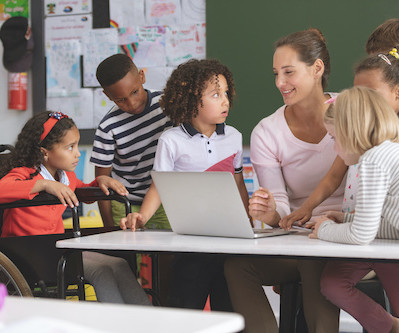Navigating cultural diversity in American education
eSchool News
FEBRUARY 28, 2024
Proper teacher preparation becomes crucial to address the cultural gap, as well as to ensure that teachers are adequately equipped to respond to students’ varied learning styles and needs. Culturally responsive instructional practices play a pivotal role in creating equitable classroom climates.












Let's personalize your content